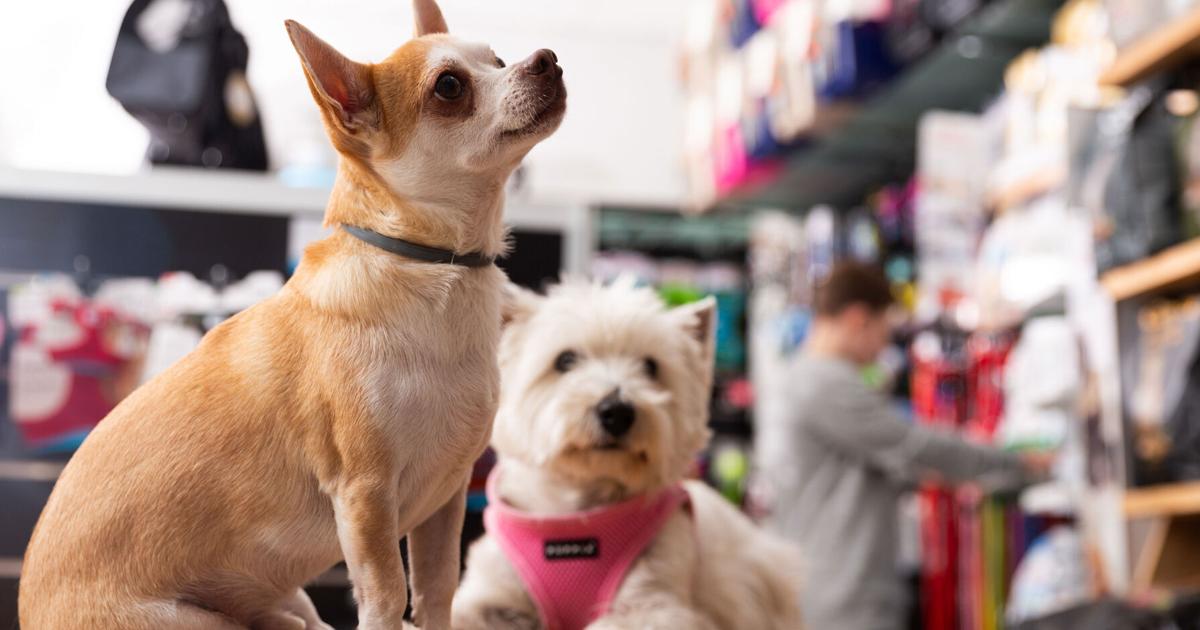Omicron may be on the back foot, but the impact of the pandemic on pet product supply and prices continues to intensify.
In a February 2022 blog post, The Honest Kitchen cited “significant challenges” in inventory reduction and inflated retail prices, resulting in part from the scarcity of human-grade ingredients for which the company is known. Pet food distributors including Smucker, Freshpet, General Mills/Blue Buffalo and Hill’s also attribute higher retail prices to supply chain issues.
Noel Wallace, Chairman, President and CEO of Colgate-Palmolive, Hill’s parent company, even noted in the company’s annual earnings report: “…There are still a lot of uncertainties resulting from the COVID-19 pandemic, supply chain disruptions, increases in raw material and logistics costs, and volatility in consumer and currency demand… With costs expected to remain high in 2022, our Funding growth management and revenue growth initiatives, including higher prizes, will be more important than ever.
Non-food pet supply companies including Central Garden & Pet and Oil-Dri are reporting similar challenges, with the latter announcing in October 2021 that it would raise prices for its Cat’s Pride and Jonny Cat litter products in the second quarter of 2022.
“Over the past year, the company has experienced significant increases in freight, packaging, materials, natural gas and non-fuel manufacturing costs,” the company explained in a letter to investors, noting in Furthermore “…Oil-Dri has made significant efforts to mitigate the impact of these cost pressures, but the company must implement these pricing actions in order to maintain the high quality of its products and its levels of service.
Pandemic-related price inflation is reflected in feedback from pet owners in the United States. Nearly one in three respondents (29%) to Packaged Facts’ January 2022 survey of pet owners indicated that their ability to purchase non-essential items had been negatively impacted by the pandemic, COVID -19 also negatively affecting their ability to pay their monthly bills (23%), health status (22%), employment status (21%) and housing status (12%).
Yet even as the delta and omicron variants blew through 2021, the pet market maintained its anti-pandemic momentum. In the retail products sector, sales growth reached 15%, one percentage point from the 16% increase in 2020. In the service sectors, veterinary sales in 2021 exceeded those in 2020 (9 % vs. 7%), and in non-medical services, sales rebounded to near pre-pandemic levels, rising 20% to $10.12 billion. The overall market saw an increase of 13.7%, well above the 9.3% gain of 2020, resulting in a compound annual growth rate (CAGR) of 9.4% for 2016-2021, with total industry sales reaching $123 billion. These gains are also reflected in Packaged Facts’ January 2022 survey, in which 38% of dog owners, 40% of cat owners and 41% of other pet owners said they spent more on pet care in 2021 compared to 2020. Alternatively, only 4 percent of dog and cat owners and 5 percent of other pet owners spent less.
Beyond the record inflation at play in these numbers, a number of factors contributed to the market’s double-digit dollar sales growth, including an increased focus on health and wellness among pet owners even more dependent on their furry family members for comfort and companionship; accelerated adoption of online shopping; and the extraordinary adaptability of consumers, merchants, retailers and service providers.
The resilience of the pet industry also reflects the outsized role of affluent households. Continuing a trend from 2014, households over $70,000 accounted for nearly two-thirds of the overall pet market in 2020, including 64% of pet food spending, 61% of pet supply spending, pets, 70% of expenditures on non-medical pet services and 59% of veterinary expenditures, according to consumer expenditure surveys from the US Bureau of Labor Statistics. Long a key driver of the more expensive fare that underpins much of the pet industry’s dollar growth, high-income households have been better equipped to weather the coronavirus storm, including being connected to broadband and able to work from home, able to shelter comfortably at home due to larger living spaces, and able to tap into savings and other financial alternatives when needed.
Expect to see continued strong growth across all sectors of the pet industry in 2022, bringing total sales to approximately $138 billion, with three of the four sectors posting double-digit percentage increases. On the retail side, pet food/treats and non-pet food supplies will each see a 14% increase in sales, reaching $58 billion and $30 billion respectively, the growth faster continuing to happen online. The veterinary sector will again record growth above that of the pre-pandemic years, increasing by 8% to 38 billion dollars. Non-medical pet services will continue to recover, with an exceptionally strong rebound of 18% bringing sales to $12 billion. Despite product supply and pricing challenges, the US pet industry is in full swing.
David Lummis is the senior pet market analyst for Packaged Facts, a division of MarketResearch.com, whose latest pet report is Pet Market Outlook 2022-2023.

